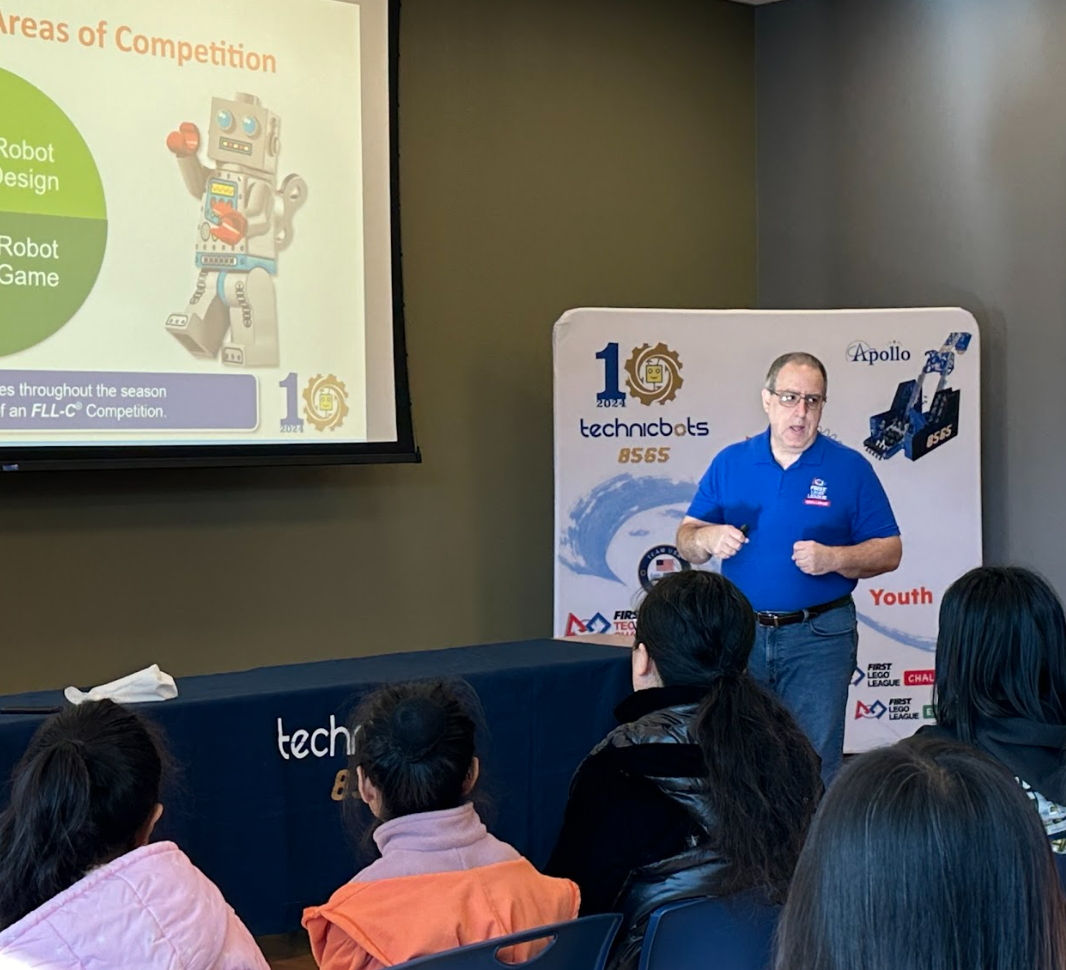About Us
Who We Are:
We are the Technicbots, FIRST Tech Challenge Team 8565, based in Plano, Texas. Since our founding in 2009, we have spread the excitement of science, technology, and engineering throughout FIRST programs, from FLL Explore to FTC. For our efforts, we received the Inspire Award at the 2021-2022 FIRST World Championship (inducted into The Hall of Fame) and were selected to be Team USA at the 2022 FIRST Global Challenge in Geneva.
What is FIRST Tech Challenge?
FIRST Tech Challenge (FTC) is a robotics competition program under FIRST, a nonprofit organization founded to inspire young people to take part in STEM activities. Teams in FTC design and program robots to compete in yearly challenges while documenting their engineering process to showcase to judges. FTC develops collaboration, problem-solving, and many other essential skills that prepare students for the future, all while having fun.
Team History


